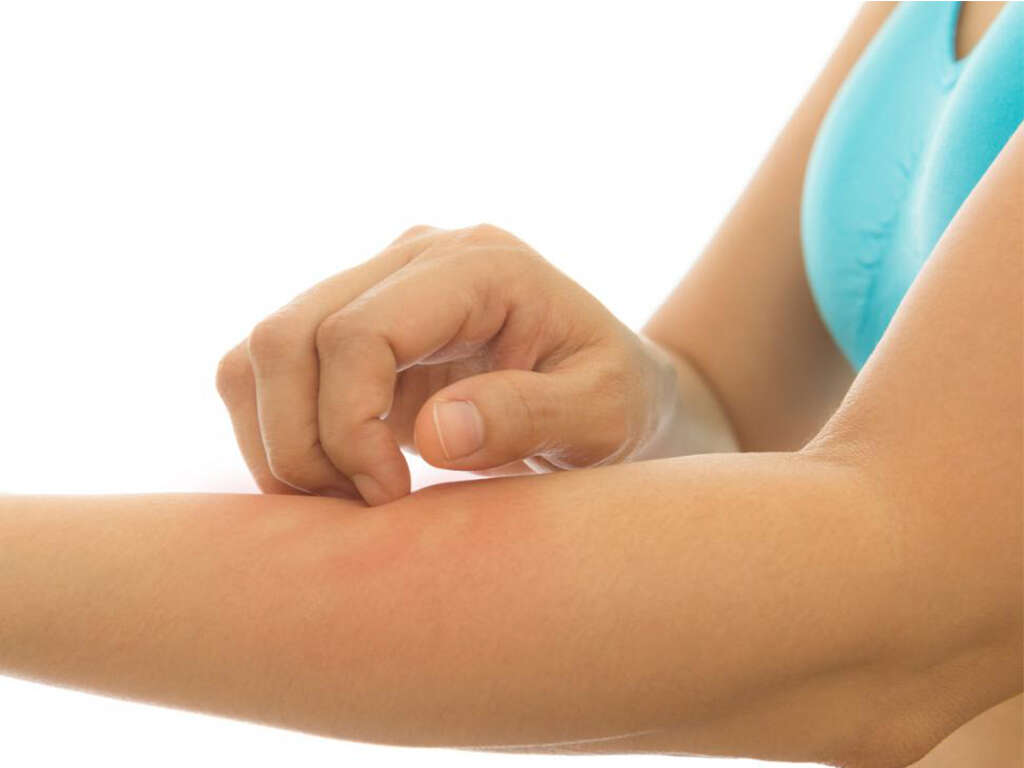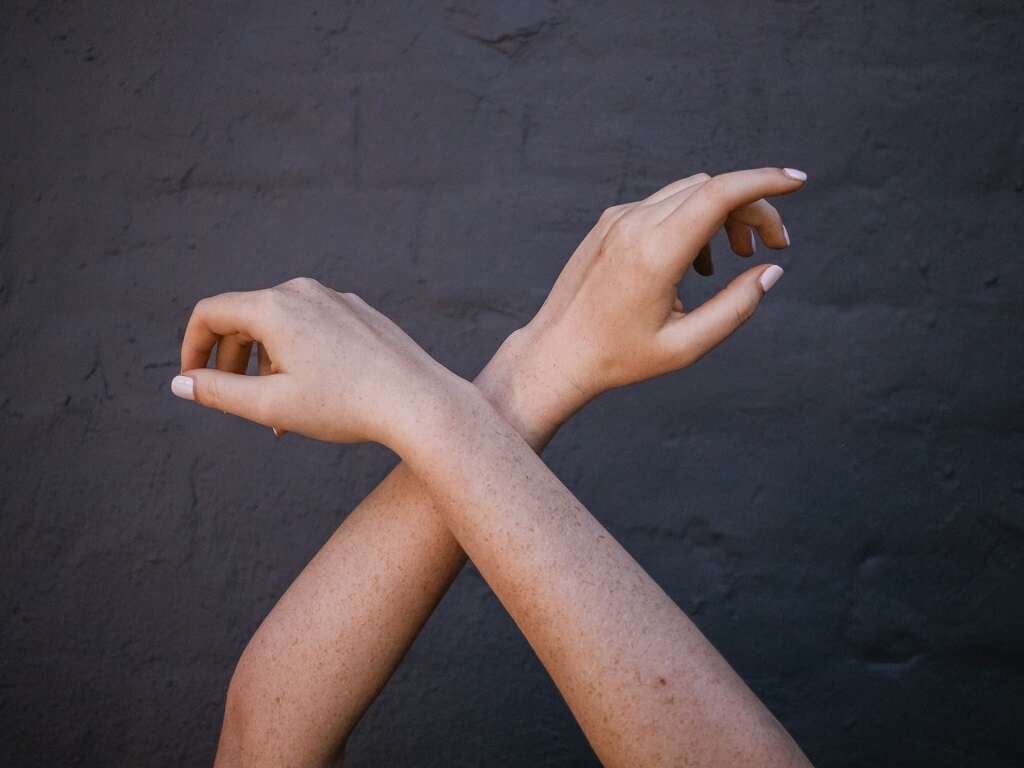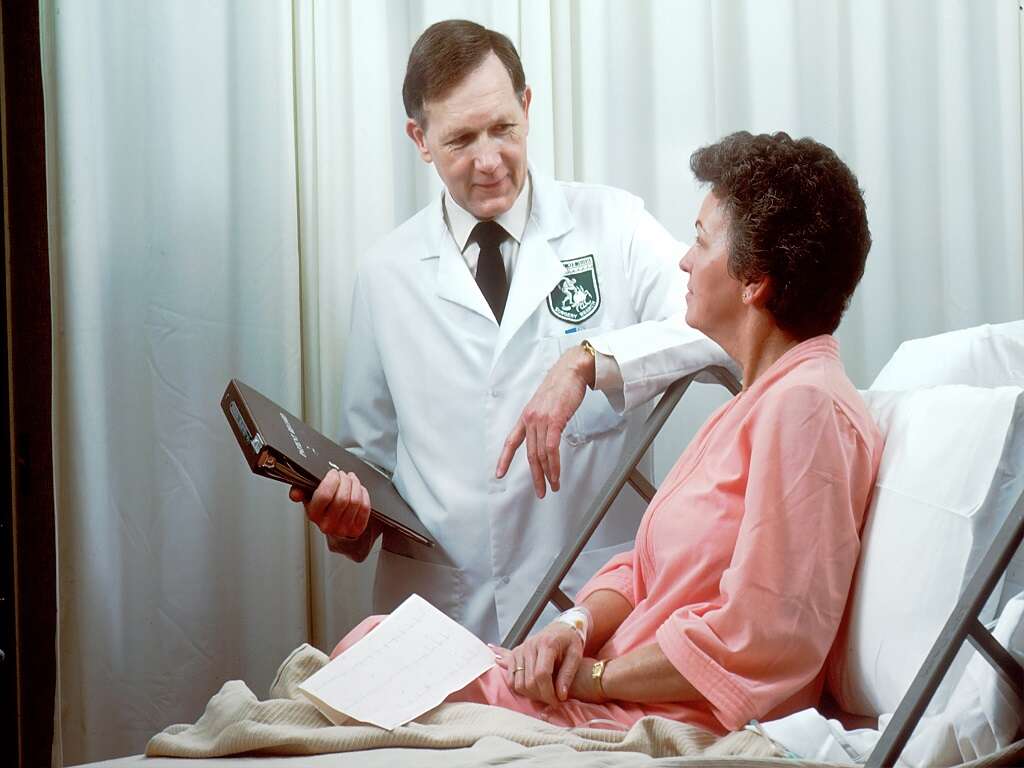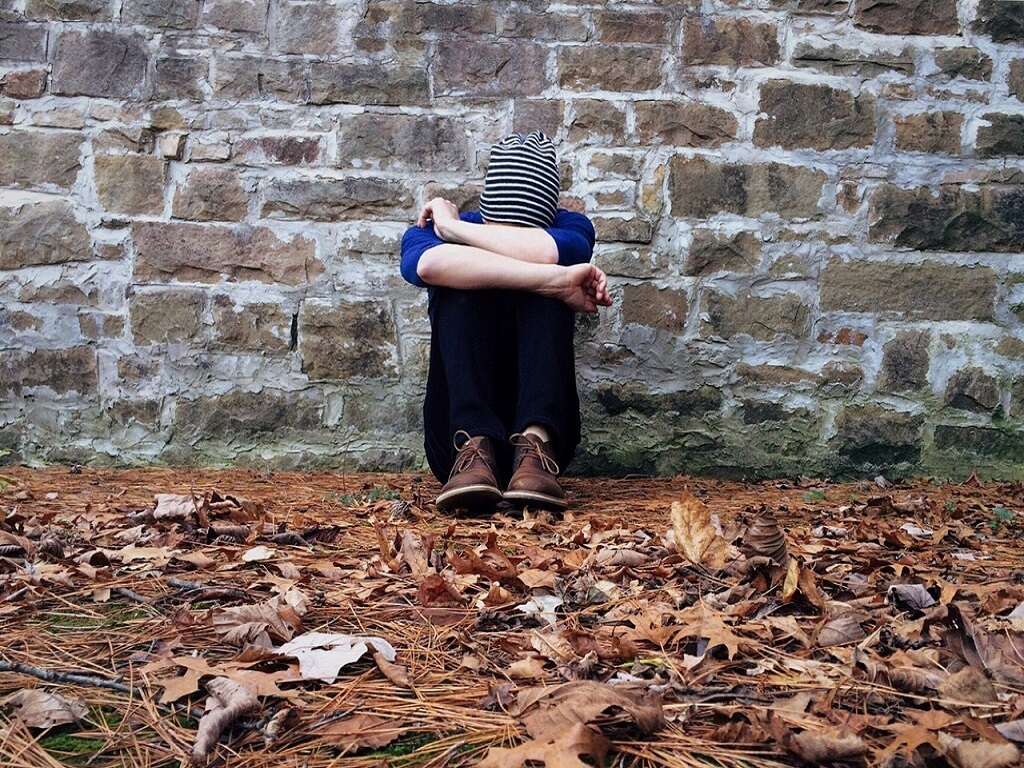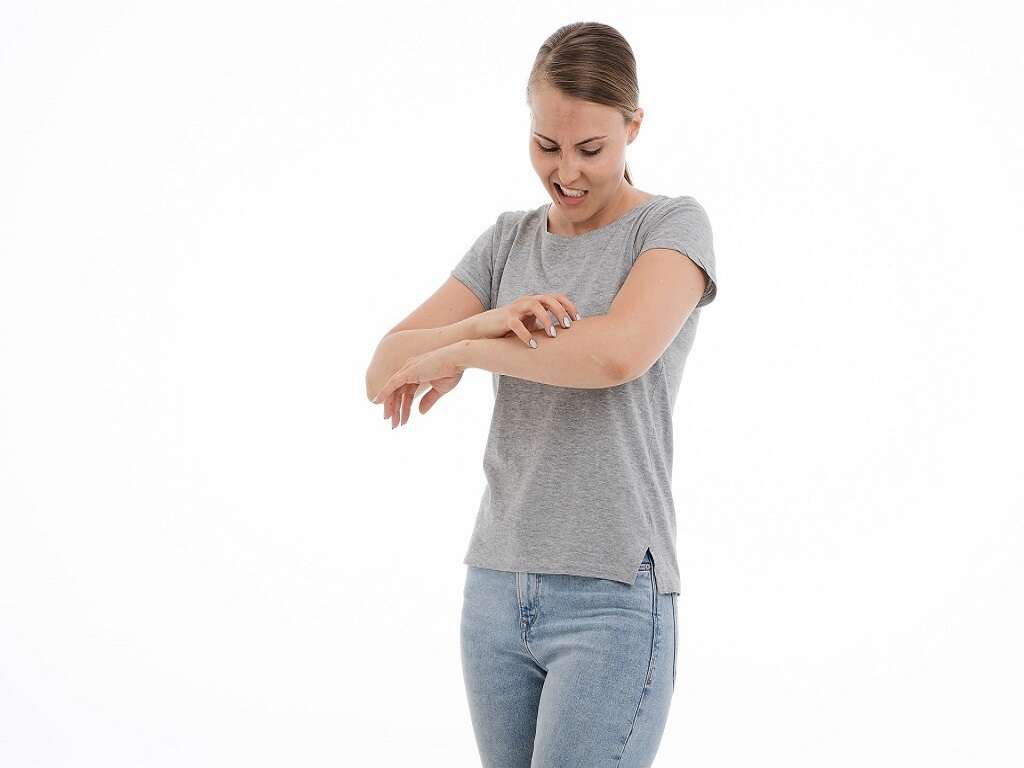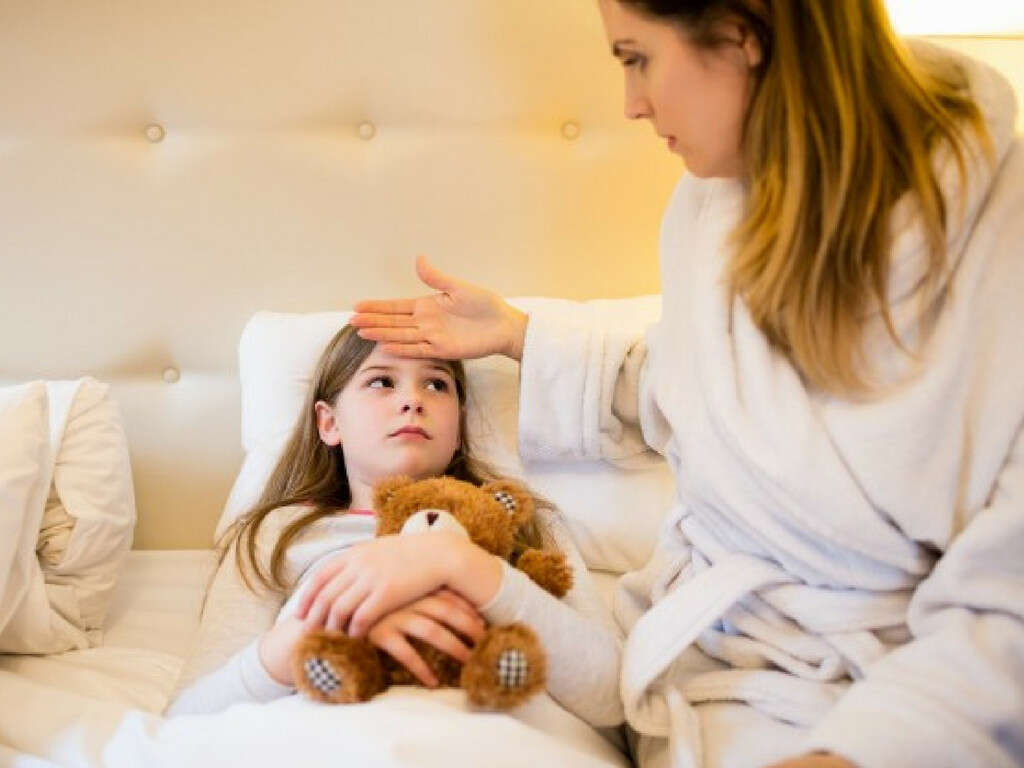What Is Pityriasis Rosea?
There are numerous skin conditions that can affect us, with various underlying causes. They can be troublesome to us for different reasons. Some are unsightly and can cause the patient to lose self-esteem. Others can be itchy or painful, causing agony for the patient. They can be long term or short term, while some can be treated, and others cannot.
One relatively common type of skin condition is pityriasis rosea. It is usually only mild and not threatening, but it can cause considerable discomfort for some patients. The condition will not remain in the long term, and will pass with no lasting damage done in the vast majority of cases.
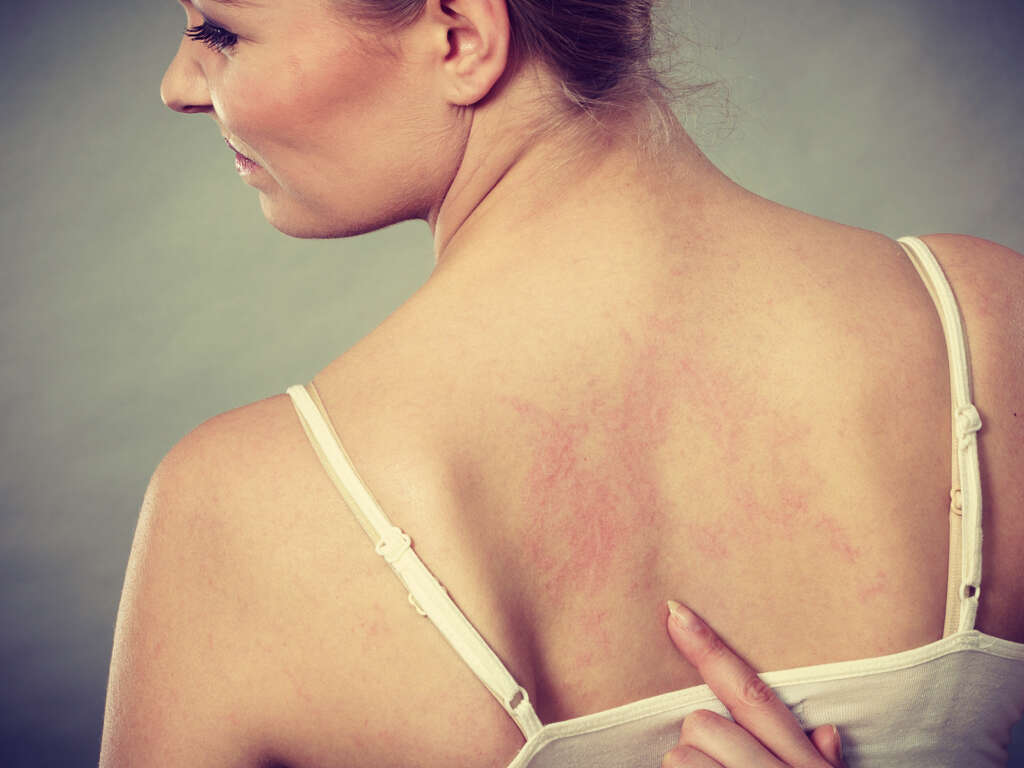
1. Pityriasis Rosea
Pityriasis rosea is a skin condition that is typified by a distinctive rash that then develops into another type of rash. People of any age can be infected by it, but it is most commonly found in people between the ages of 10 and 35. It is only a mild condition, and will pass within 10 weeks or so having done no permanent damage.
Pityriasis rosea is a relatively common condition, although it is sometimes mistaken for another skin condition known as pityriasis versicolor. Despite the two having similar symptoms, the two are caused by different things. There is no known cure for the condition, but it will disappear on its own with no permanent damage done.
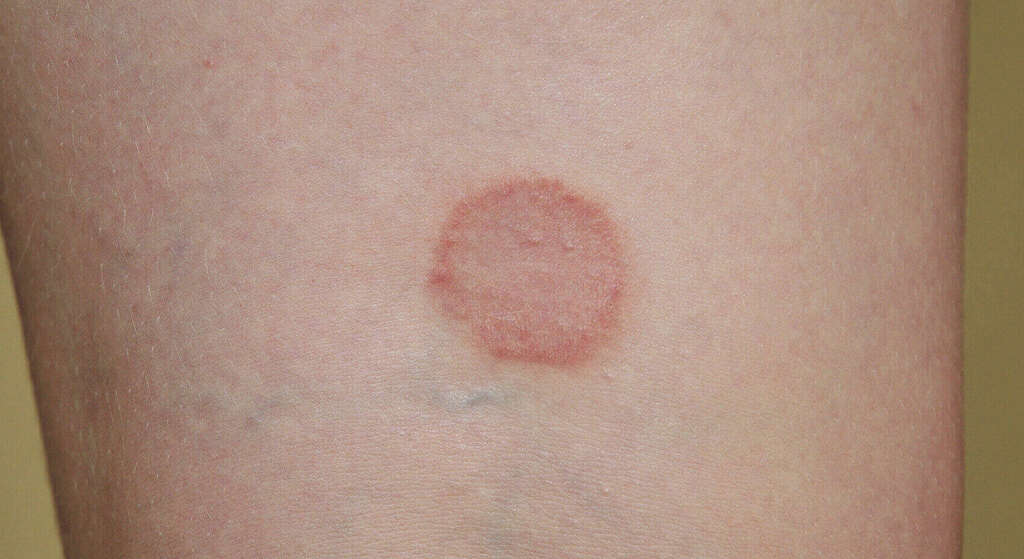
2. Causes
We know very little about what causes pityriasis rosea; it seems to appear for no apparent reason. However, we do know that it is not contagious, so you are not going to catch it from other people. It is thought that it might be caused by some strains of the herpes virus, but this has not been confirmed.
Not knowing what causes the condition makes it even harder to find a cure for it. However, considering the condition does not pose a threat, it is low down on the priority list of diseases that need investigation. Until enough is known about the disease, we will simply have to let our immune systems deal with it.

3. The Herald Patch
For some people, the first symptoms of pityriasis rosea will include symptoms that resemble the common cold or the flu. These will include fever, sore throat, fatigue, and headaches. These symptoms will only usually be mild. Not long after these symptoms show, the herald patch will also show.
The herald patch is an area of skin that becomes red, scaly, and slightly raised. It will be round or oval in shape, and will measure around 2 to 10 centimeters across. The border of the patch will be raised, while the center part of the patch will be depressed. The herald patch will be found on the abdomen, back, or chest.

4. Rash
The rash that comes with pityriasis rosea will typically begin with a single herald patch somewhere in the body. From a few days to several weeks after the herald patch first appears, you will also start noticing other patches developing on the body. These spots will be scaly and smaller than the herald patch is.
These spots will eventually cover a large area of the body. This rash can also be extremely itchy to the point where it is unbearable. It is important that the patient tries to resist scratching the rash too much, no matter irresistible it may be.
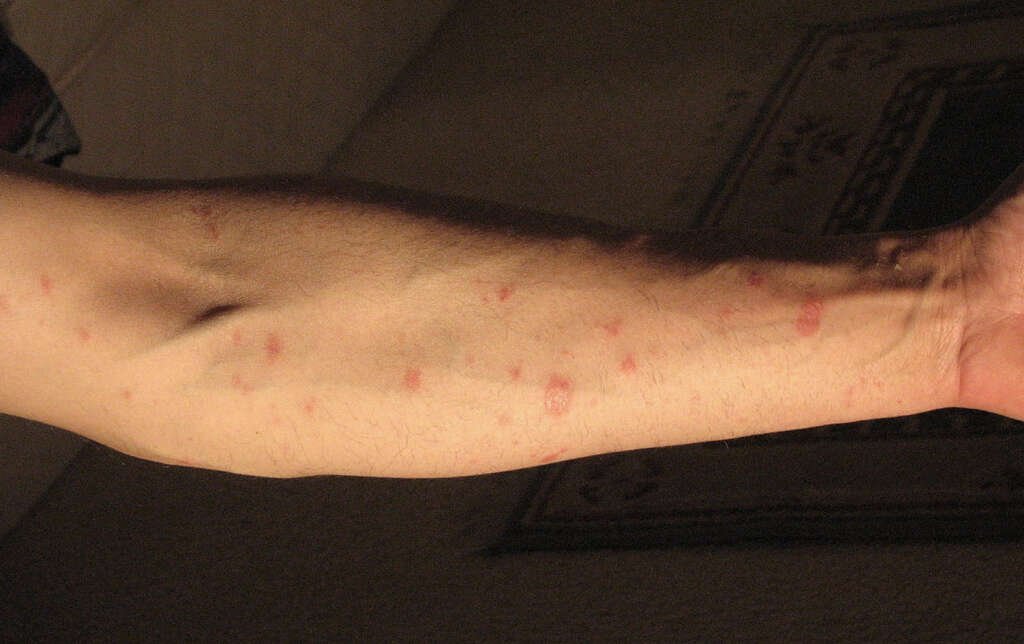
5. Itching
The condition will pass with treatment in the vast majority of cases, with the patient making a full recovery. However, people with dark skin will sometimes find that they have dark spots on their skin that remain after the rash has cleared up. Some people will develop pityriasis rosea gigantea, which is when the patches will grow to be even larger than usual.
Complications might also arise because the rash can be so itchy. Scratching at the rash with nails can cause the skin to be broken, and this has the potential to cause infections. Such skin infections should be fairly easy to treat, but treatment should be found as soon as possible to help prevent them from becoming serious.
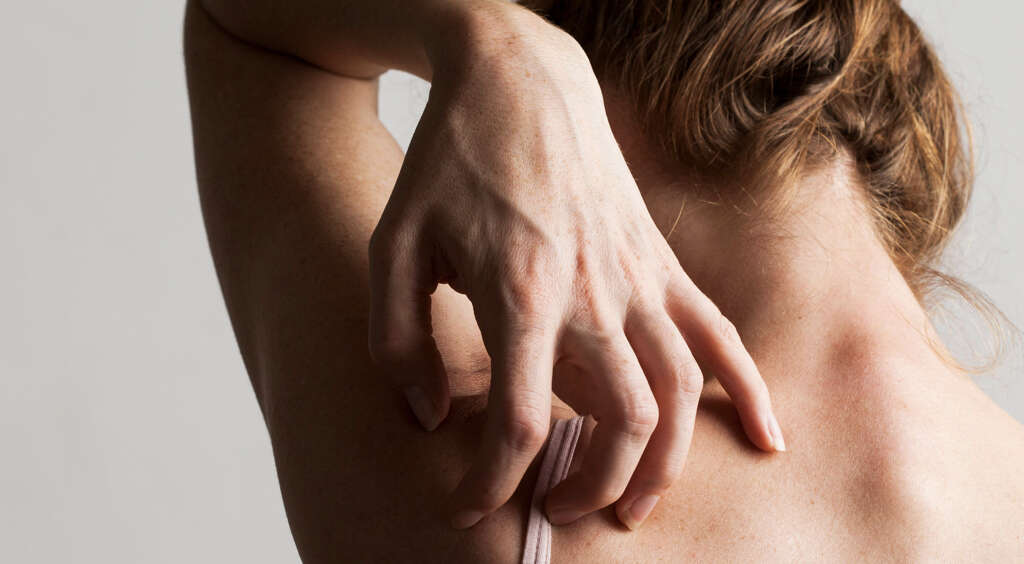
6. Miscarriage
Studies have indicated that pityriasis rosea has been the cause of miscarriages in some cases. The condition might also have a link to other perinatal problems, this can include the baby being born prematurely. Premature babies will often survive depending on how well developed they were at birth.
The condition has also been linked to drug hypersentitivity syndrome. This is a condition that can cause a severe rash. It also has the potential to cause organ damage and other potentially severe complications. Medical assistance should be found immediately if somebody is thought to be having a severe reaction to medication.
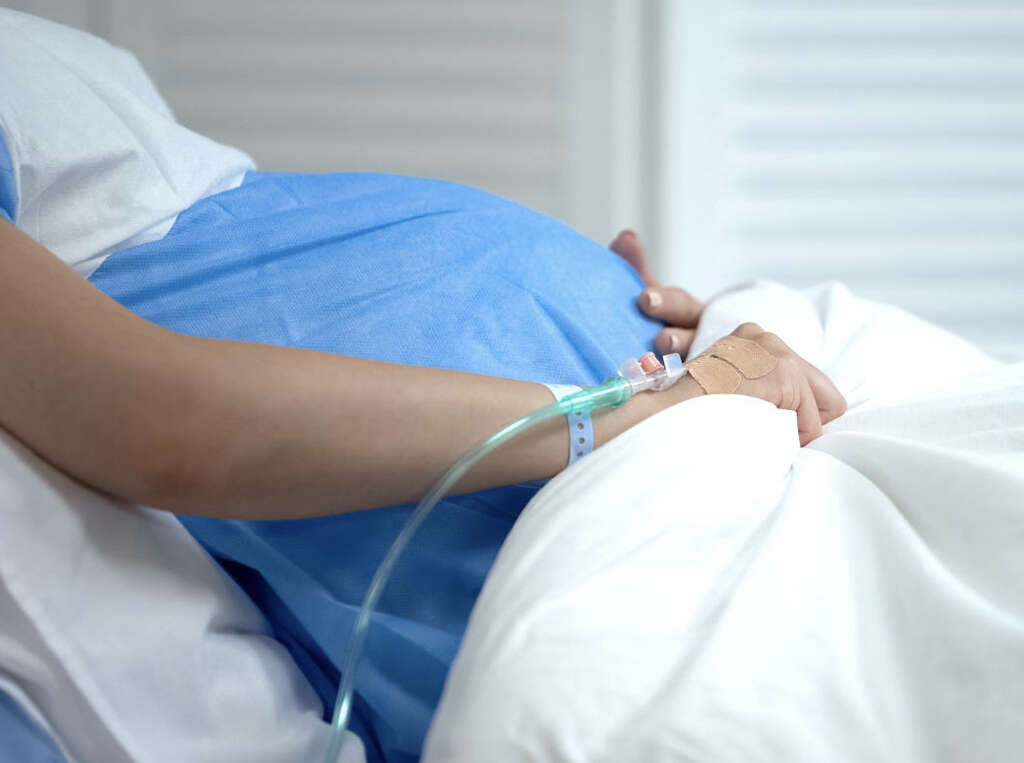
7. Diagnosis
The appearance of the herald patch alone is often enough for the diagnosis to be made clinically. This means that the doctor is able to diagnose the condition from a brief examination only. However, the rash can be similar to the rash caused by ringworm, so it may be necessary to perform some tests to confirm the diagnosis.
If the doctor is unsure of what the cause is, they may request a biopsy of some infected skin. This can then be sent to a laboratory where it can be examined for signs of ringworm. If ringworm is not found, the doctor will be able to confidently diagnose the condition as pityriasis rosea.

8. Home Remedies
There is no cure for the condition, so patients will often simply have to wait for nature to run its course. The itchiness can be extremely difficult to bear, but there are some home remedies that can help to make the patient more comfortable. Many people with the condition will find some relief after have a lukewarm bath or shower, for example.
It is also often recommended that the patient takes a bath using oatmeal products. This is because oatmeal is thought to contain compounds that have anti-inflammatory properties that can help to soothe itchiness in a range of skin conditions.
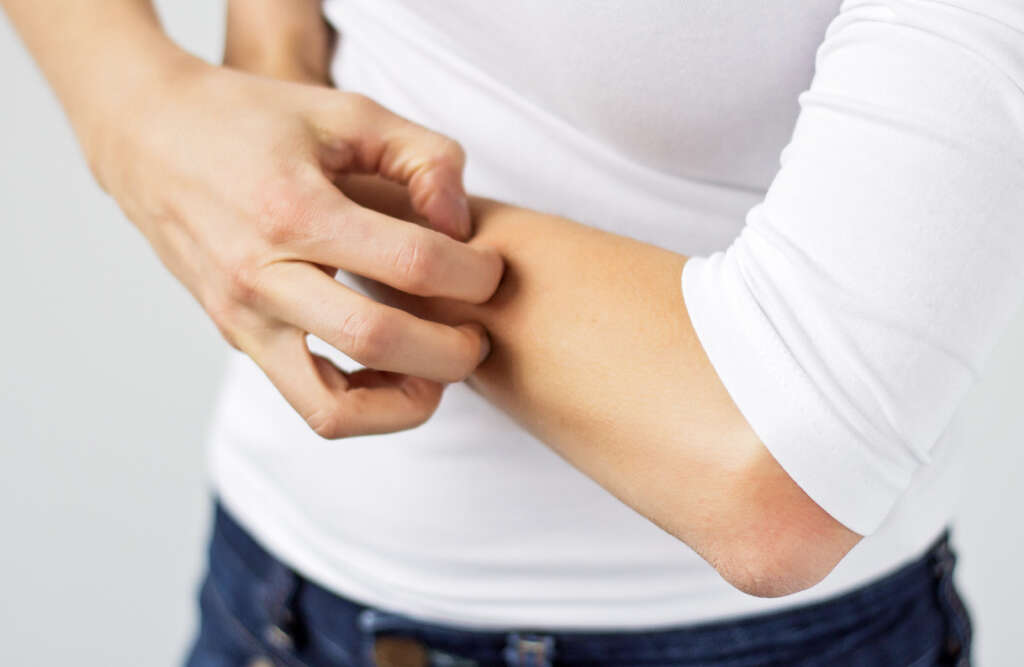
9. Medication
If home remedies are not working then the patient can try using some medication instead. Medication like Benadryl, which helps to counter allergies, can be purchased over the counter at drugs stores. Calamine lotion can also help, as can moisturizers, and the patient can also try corticosteroid creams that can be purchased over the counter.
If you want something stronger, then you can speak to your doctor about a prescription. They may be able to prescribe you more powerful antihistamines and corticosteroids that have a better chance of soothing your symptoms. Bear in mind that you should always follow the doctor’s instructions when using medication.
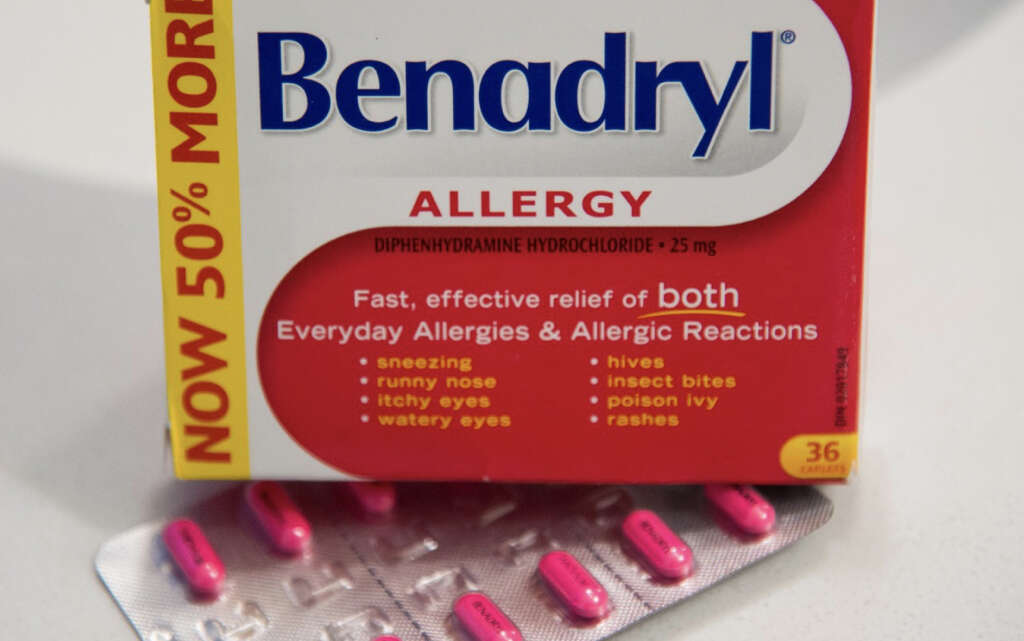
10. Light Therapy
Another potential treatment for pityriasis rosea is light therapy. This involves exposing the affected areas of skin to artificial light. The treatment is thought to be able to treat a number of skin conditions in addition to pityriasis rosea. More research needs to be done, but some patients report positive results after using the treatment.
Photodynamic therapy may also be used to help treat pityriasis rosea. This technique combines certain drugs with light energy that the skin is exposed to. The treatment is used to help kill cancer cells, but may also help to relieve the patient of pityriasis rosea symptoms.




